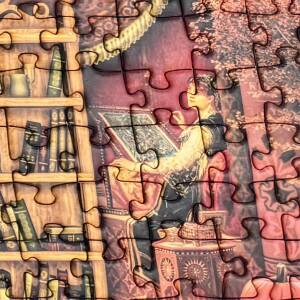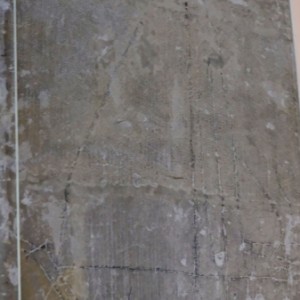'The Church with the Bones'
It is a bit of a climb up from the High Street to get to the Church of St Leonard, Hythe’s Parish Church. Then there are more steps to the main door. Having just got your breath back from the climb, it is taken away again as you are surprised by the size of the church inside and particularly its height. It is impressive, almost cathedral-like, and one wonders why it was built so big for such a small town.
Hythe means ‘haven’ and it was one of the original Cinque Ports required to provide ships and men for England’s defence, in return for tax relief and other privileges. It stood on an important Continental trade and pilgrim route. In the years of prosperity that followed William the Conqueror’s invasion of 1066, a great period of ecclesiastical building, the citizens of Hythe built a magnificent new church in both the Norman and Early English style. The church grew in size and importance as Hythe prospered and, although it has been altered and enlarged over the years, the church is essentially the same as when it was first built.
This is the magnificent Norman archway, which was the original entry to the church before a choir vestry was built. (of course I could have moved the buckets, but I didn’t like to)
There are lots of interesting things about the church, but I was quite taken with some medieval carvings on one pillar. Pilgrims who came from the Continent, and were heading for Canterbury, would have stopped here for blessings, as their boats docked in the harbour. There are lots of crosses made by such pilgrims and there are outlines of the different types of vessels they might have used. The one in extras, if you can make it out, is a Hulc with its strongly curved hull. Fascinating to imagine this being drawn, perhaps in thanksgiving for a safe landing after a stormy crossing.
And there is a crypt full of human skulls and bones, but that’s another story.


Comments
Sign in or get an account to comment.


